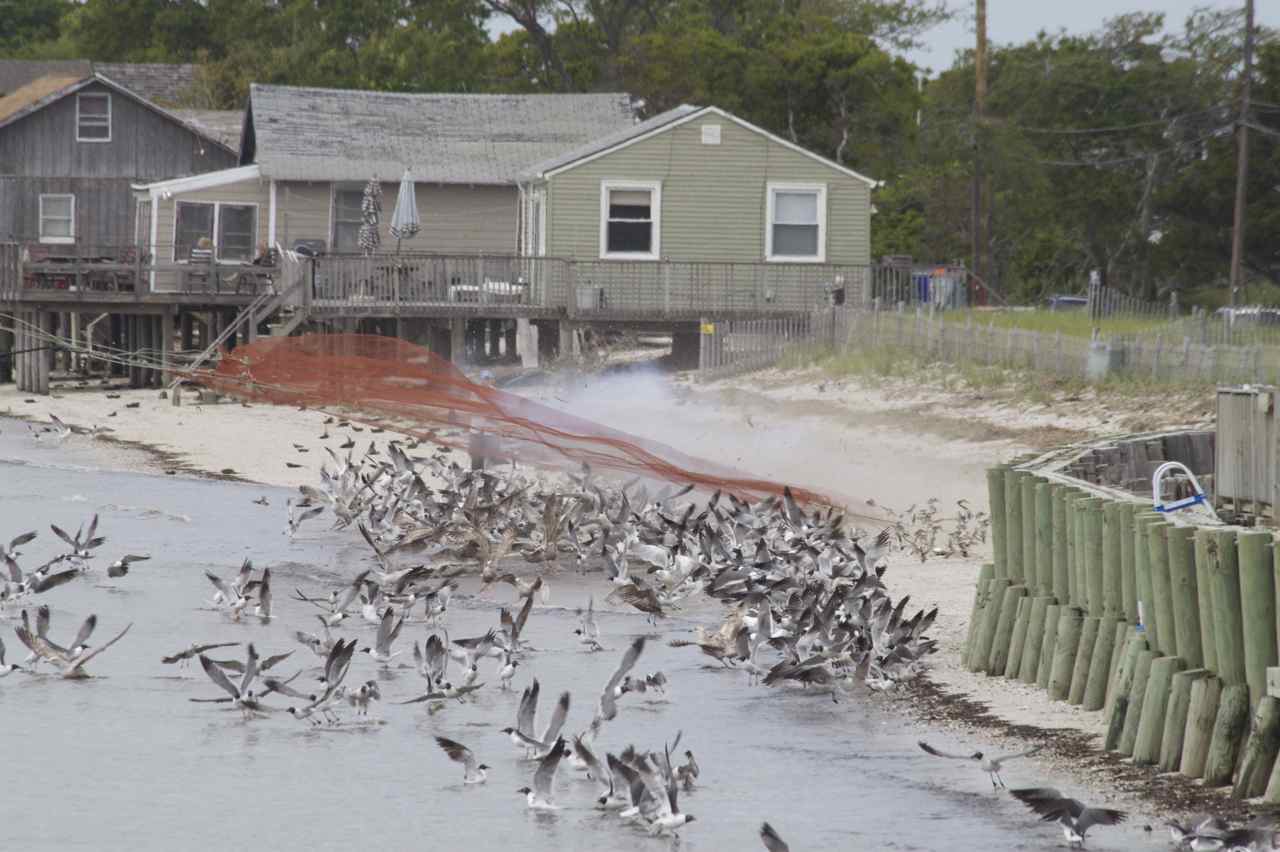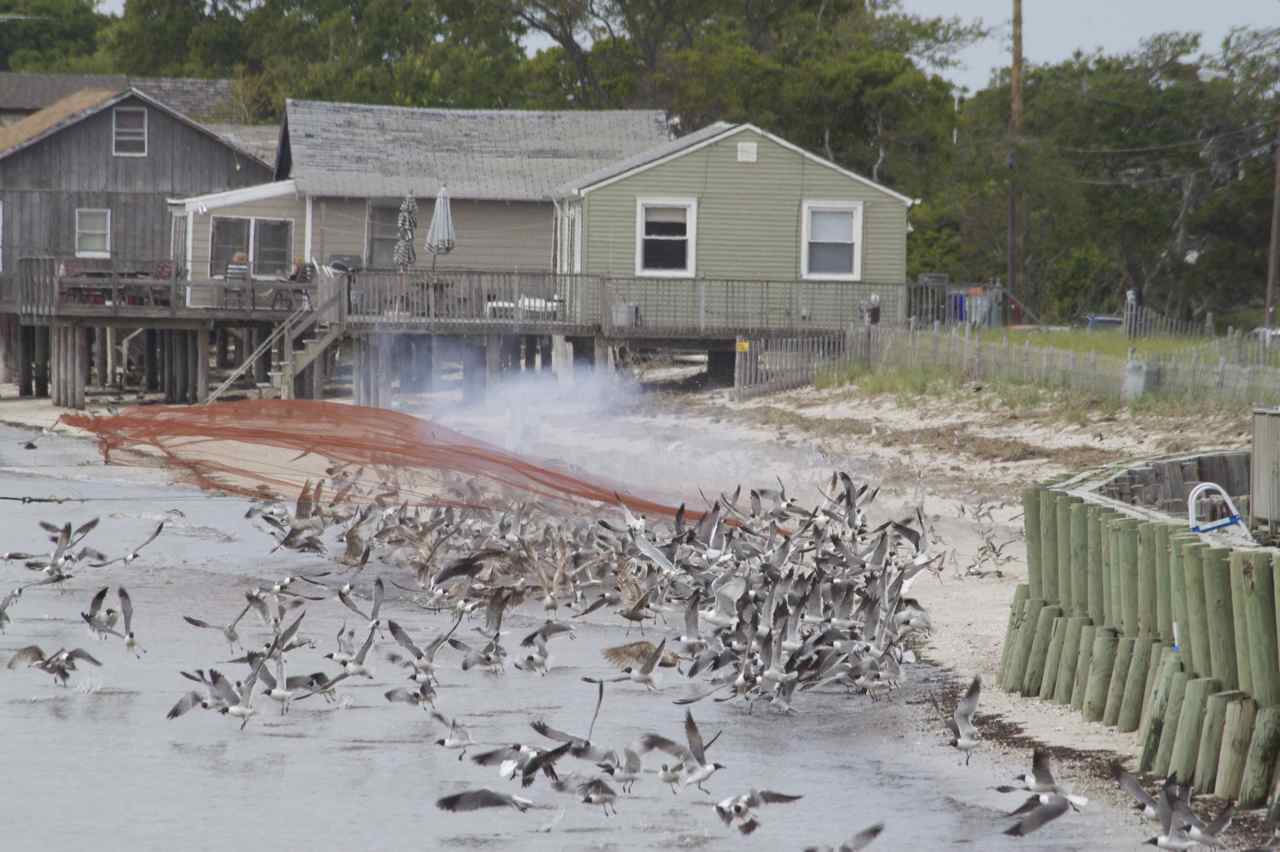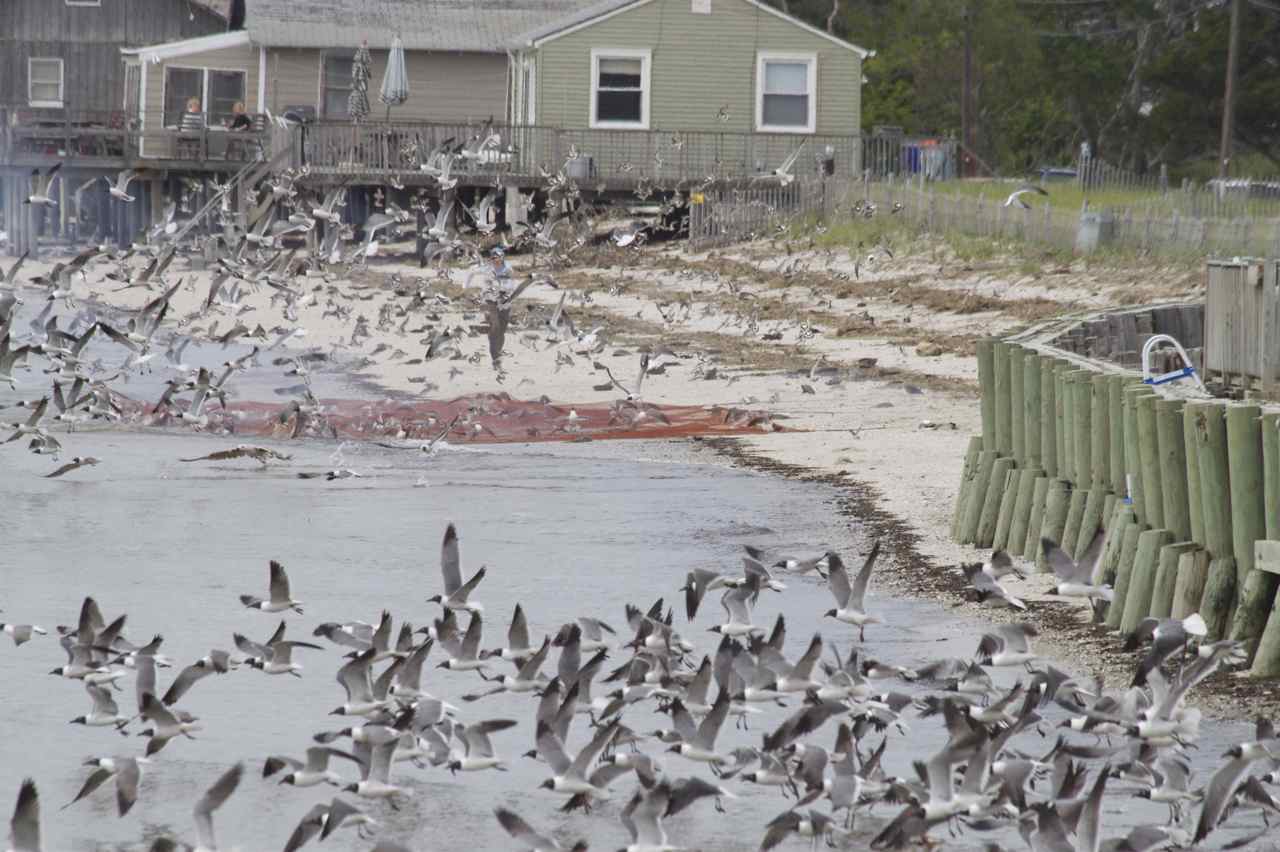It’s hard to keep up with the blog at this point in the season. We have a full team trapping, surveying, conducting a number of experiments and, of course, trying to recapture birds that we have previously banded with geolocators. We now have 24 people staying in the two houses rented on Reeds Beach and, with local volunteers, more than 30 people are now spread across the bay conducting work on shorebirds.
This is the pivot point of the season. Usually there is an early flight of red knots – comprised of a mix of short- and long-term migrants – that arrives prior to May 22. These birds have weeks to reach the weight they need, about 180 grams, in order to make it to their Arctic breeding grounds. The next group (sometimes more than one) determines the success of the stopover season. They arrive in the latter part of May and must gain the same weight as the first group, but in a much shorter period. They need a high density of horseshoe crab eggs during the last week of May or they leave the bay unprepared. In some years less than 20% of the birds achieve sufficient weight .
Aerial and ground surveys suggest between 6,000 and 8,000 red knots are currently in the bay. This means the majority of knots have yet to arrive and if they don’t arrive soon they will be late and require a very high density of eggs in order to rapidly build up weight. With the full moon tides building over the next week, these high egg densities are possible.
The birds now on the bay seem to be building weight well. The series of graphs below present the weight distribution of each catch of the last 5 days. Generally you can see the median weights moving higher, dramatically so in our latest catch. This is good.
However, we are having a very difficult time catching birds that have geolocators. We spent the entire day Friday, May 21, attempting to catch four such birds in a flock of 3,000 without success. At all times either the geolocator birds were out of the catch area or there were too many birds in the catch area to make a safe catch.
The photo series below of a small catch we made on Saturday, May 22, shows the danger of a “wet catch.” As the net, powered by canons, flies forward, it not only goes over the birds but pushes them out into the water. An experience team can quickly get to the sea side of the net and move birds and the net to safety. But the larger the catch, the greater the chance a bird will drown.



Our primary objective during the next few days is to catch a bird with a geolocator.
